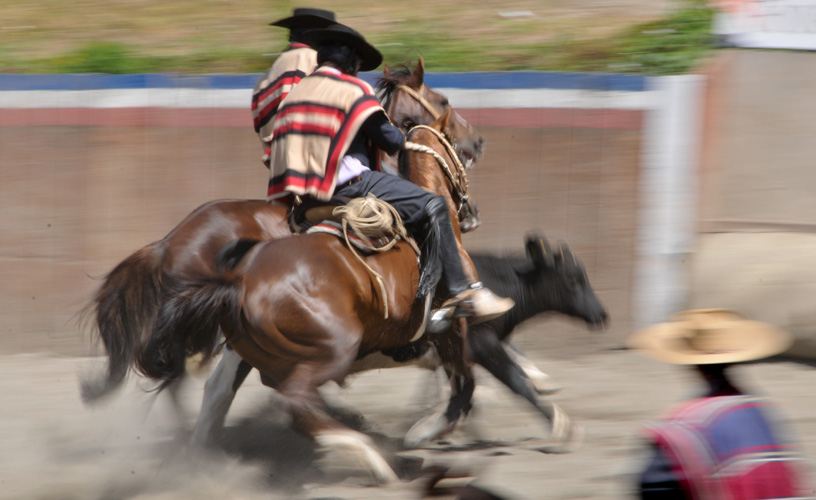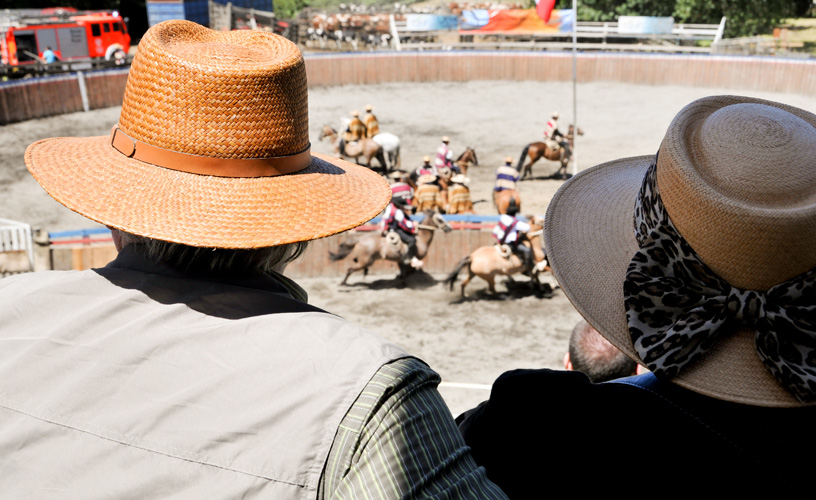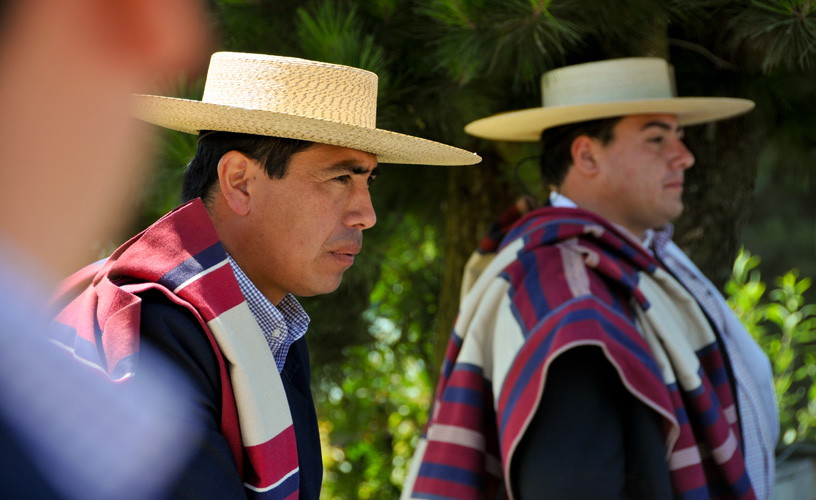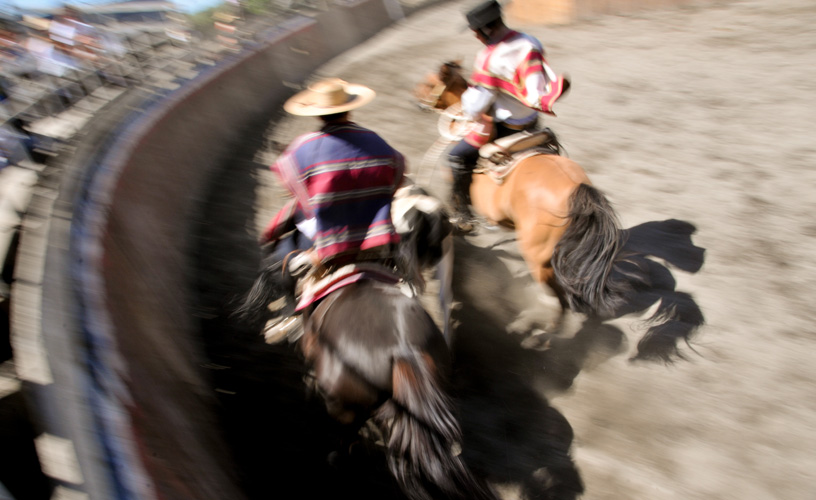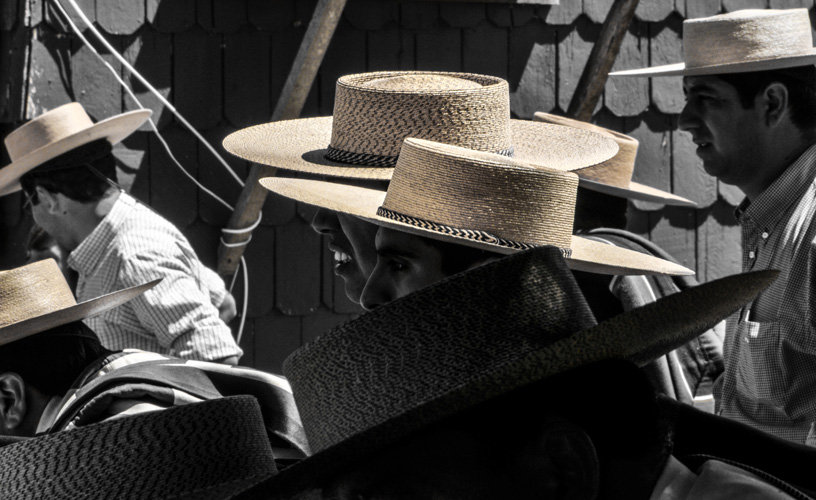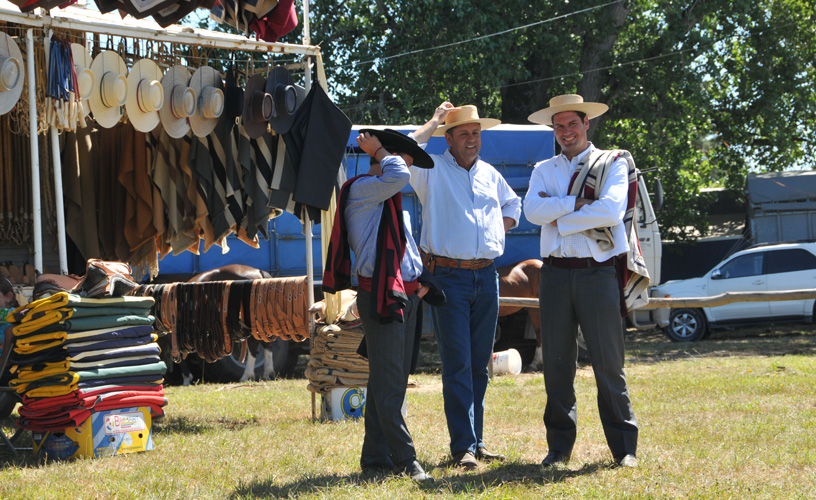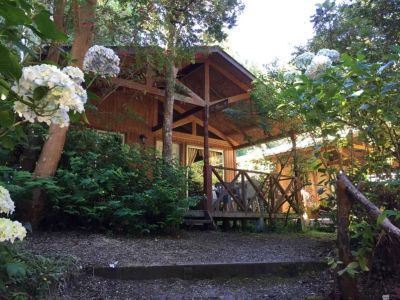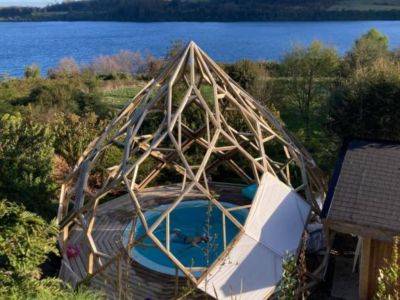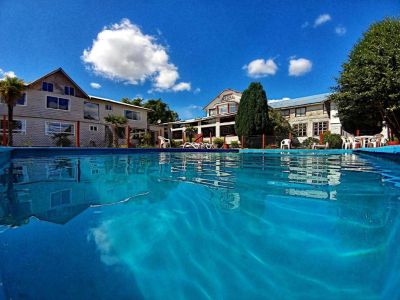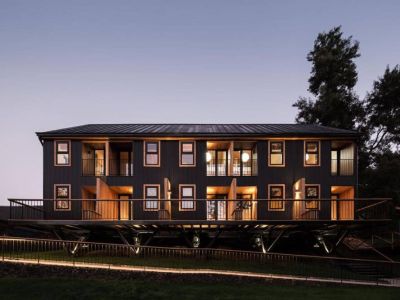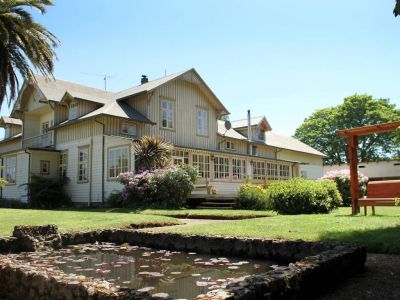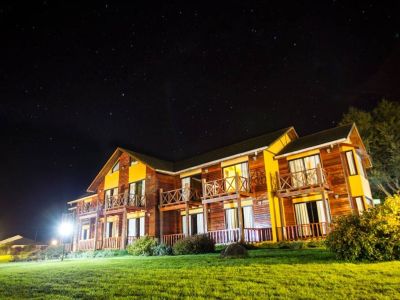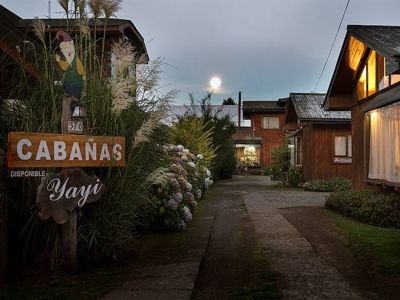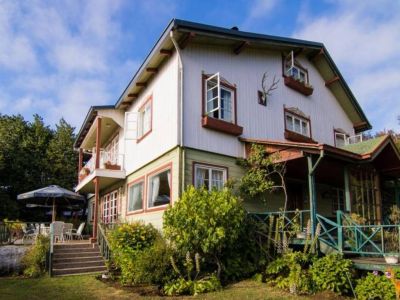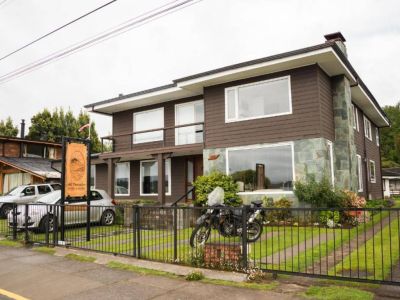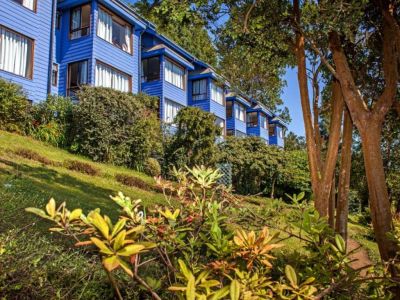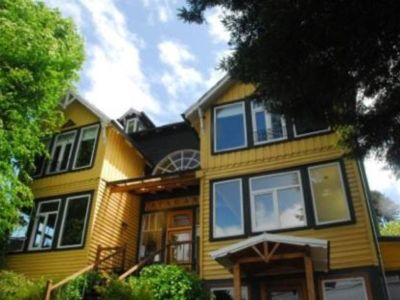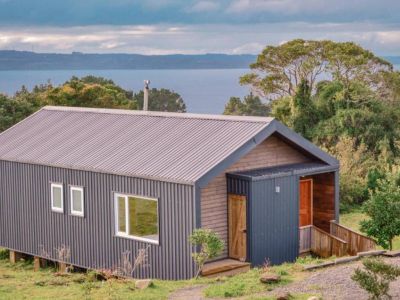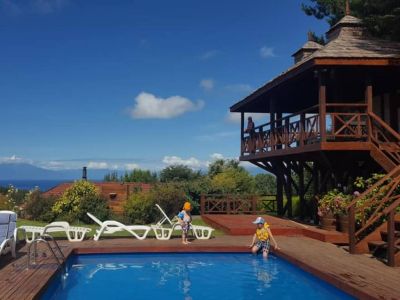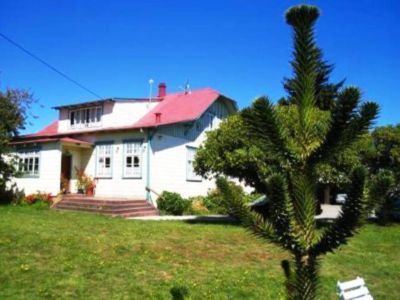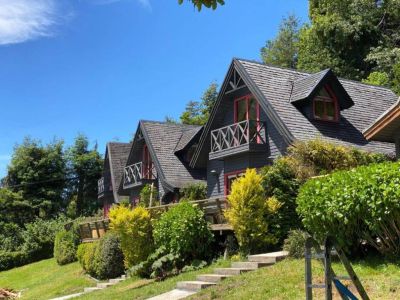Frutillar boasts a track for rodeo practices, where traditional events are held, especially in summer. Going to a rodeo arena to become a witness of a cattle roundup lets visitors know and understand one of the most valuable tasks of the countryside labor in Chile. On Richter Street we found out the Frutillar Rodeo Club, where we could breathe a festive atmosphere since our arrival. Loudspeakers embraced us with some cueca music and, as the cattle roundups had already started, we heard the names of the members of each team (collera) and their mounts announced by the spokesman. The semicircular stalls were getting crowded little by little and the audience felt the cloud of dust as the horsemen exhibited their skill in the ring. With the Chilean flag fluttering in the sky and Lake Llanquihue in the distance, the setting was ideal.
Rodeo Day in the Medialuna
We walked and stared at the rodeo arena to understand how the cattle roundup was developed. Meanwhile, we could hear some of the riders’ voices working in the ring, cheering up and giving themselves some instructions. The aim of this event is to capture a bullock as the riders show off their bravery and skill following some rules. Once a bullock and a team of two riders go into the rodeo arena, the team has to ride two laps and drive the bullock from behind within the first section of the sandy ring (apiñadero). Then, riders guide it into the medialuna, where they pin it (quinchada). One member of the team has to stand perpendicularly to the bullock as the other member closes the path. This happens with the aid of spurs and a short rein. Afterwards, two more quinchadas take place within the authorized areas and each performance scores thirteen points at maximum. Horsemen may get or lose points according to their performance. After scoring the teams, the judges will announce the winners and give them the chance to participate in the Great National Rodeo called the “Champion”, which is held year after year in Rancagua. The “Champion” is the most important competition. In this four-day festival, enthusiasts may enjoy the best rodeo cowboys huasos and their horses. To make this outing even more pleasant, we went to the club coffee-shop and visited the track where a group of people was working with each collera. As we could notice, there is an important previous task for the selection of animals. Visitors can see criollo horses – or corraleros–, well-trained and especially taken care of, which also compete against one another. The Sello de Raza Award (the Seal of Chilean Horse Breed Award) is given to horses according to their morphological features, equestrian sport performances and breed purity. Once we got back to the stalls, we observed the huasos’ outfit. Broad-brimmed hats, rodeo or mantas weaved like ponchos and neat countryside accessories made horsemen look very elegant. Among these sophisticated attires, the ever-present hunches, riders’ data and information about previous rodeo events could be heard. Everything is part of a festival, which cannot be missed by any visitor who grasps the chance to understand the spirit of this celebration.
Mónica Pons
Eduardo Epifanio
